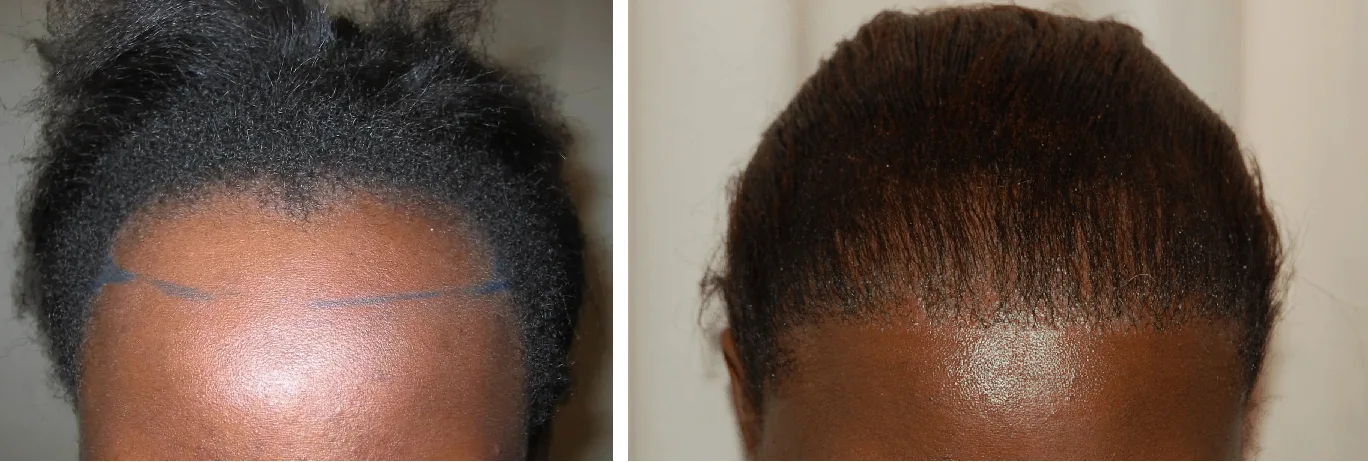You may have come across plenty of articles underlining the dangers of gum disease and its association with your overall health, particularly diabetes and stroke. But what exactly is gum disease?
Gum disease, also known as periodontal disease, is an infection of the gum tissue and surrounding bone that hold your teeth in place. Warning signs of periodontal disease include sore, bleeding gums and painful chewing problems among others. If you leave it untreated, periodontal disease can damage the tissues that support your teeth, and left unchecked, can lead to bone loss and looseness of the teeth.
What causes gum disease?
You are probably aware that the oral cavity is full of bacteria. These bacteria, along with their associated products, constantly form plaque — a sticky film of bacteria and its products — on the teeth. Gum disease is typically caused by poor brushing and flossing habits that allow this plaque to build upon the teeth and harden over time.
The longer plaque and tartar remain on your teeth, the more damage they can do. Ongoing gum inflammation (gingivitis) can cause periodontitis (severe gum infection), eventually causing pockets to develop between your gums and teeth that fill with plaque, tartar and bacteria. Over time, these pockets become deeper, filling with more bacteria.
If not treated, these deep infections cause a loss of tissue and bone, and ultimately tooth loss. It is also worth mentioning that ongoing chronic inflammation can put a strain on your immune system.
Brushing twice daily with fluoride toothpaste and flossing can help get rid of plaque. However, skipping these oral hygiene practices can lead to plaque build-up, and if not removed, this plaque can solidify and form stubborn “tartar”, and brushing alone can’t scrape it off. Only a professional cleaning by a dentist or dental hygienist can remove tartar.
While plaque is the primary cause of gum disease, there are several risk factors. These include:
- Hormonal changes in girls and women
- Illnesses that interfere with the immune system
- Medications that lessen the flow of saliva
- Smoking and tobacco chewing
- Poor oral hygiene habits such as not brushing and flossing daily
- Family history of dental disease
- Poor Diet and certain vitamin deficiencies
Read more:
- New Year, New Me – Easy dental habits you can start today!
- 8 Tips to Improve Your Oral Hygiene Routine
- Tips for selecting the right toothbrush
What will happen if you develop the periodontal disease?
Healthy gums should be firm and pale pink and fit snugly around teeth. However, you could have periodontal disease if:
- Your gums are red and swollen and bleed easily (for example, when you brush or clean between your teeth)
- You have bad breath that won’t go away
- Your gums seem to have pulled away from the teeth
- You experience pain when chewing
Treating gum disease
There are various stages to gum disease — from gingivitis (early stage) to periodontitis (advanced disease). Red and swollen gums that bleed easily are a sign of gingivitis. It is still possible to reverse the disease at the early stage of gingivitis with a professional cleaning and more regular daily care at home.
If you’re wondering what to expect during a cleaning, here’s what the hygiene session will entail: The dentist or dental hygienist will use a special tool to comfortably scrape the hardened calculus and plaque from along and beneath your gum line. More advanced forms of the disease may require deep cleaning that targets the gum line. In certain cases, the dentist will refer you to a specialist — a periodontist — for these cleanings and any other necessary advanced treatment.
Irrespective of the stage of the gum disease, any type of treatment requires that the patient keeps up good daily care at home. Numerous studies have discovered a direct association between gum disease and a host of other conditions and illness’.
So, bear in mind that your daily oral health routine and professional dental care mean more than just taking care of your teeth. They are important steps in safeguarding your overall health.
Preventing gum disease
You can keep your gums and teeth healthy by:
- Brushing your teeth twice a day with fluoride toothpaste
- Cleaning between your teeth with floss or another interdental cleaner once every day
- Visiting the dentist routinely for a check-up and professional cleaning
- Refraining from smoking or chewing tobacco
- Stick to a healthy diet
Clinic Effect houses a fabulous team of dental hygienists and dentists who are equipped with the most modern dental technologies to perform dental cleanings and treat gum disease respectively. Call us today to schedule your appointment.
Source
- American Dental Association (ADA)
- National Institute of Dental and Craniofacial Research




